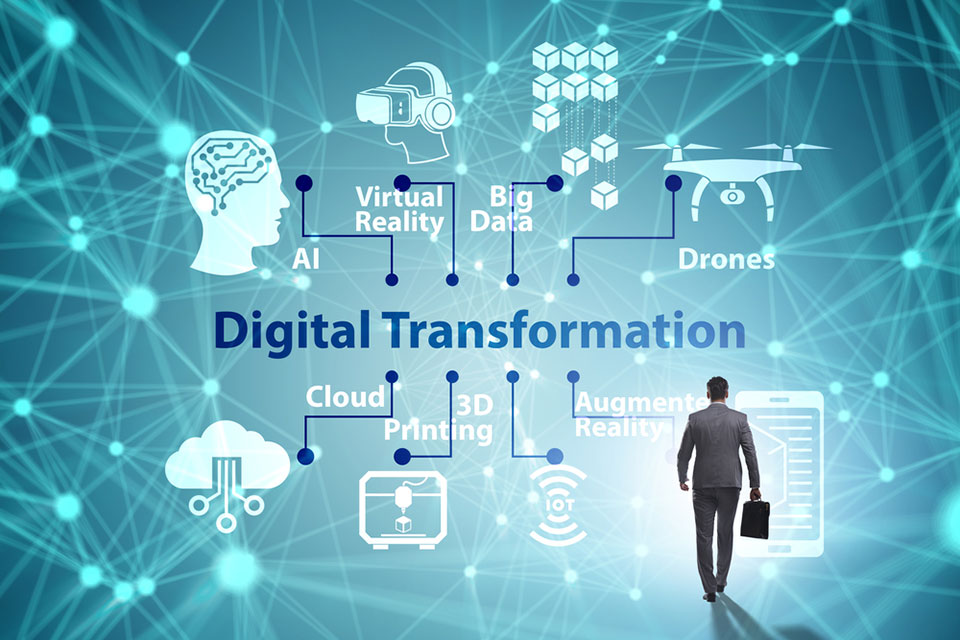advertisement
Did We Stop At Digital?

As part of my retirement strategy, I spend time within the precincts of a certain institution of higher learning. Hoping that over time they will allow me to share the knowledge and wisdom I have acquired over my many decades walking this earth of ours with the young minds that pass through it.
During one of those days walking around the institution, I found myself pulled into a heated discussion on what is the difference between the following words: digital, digitisation and digitalisation. It was shocking that even after being actively present in the so-called ICT sector, I could not come up with a coherent explanation.
As the discussion deteriorated into one of title throwing and requesting to be respected due to age, we decided to launch an online dictionary to find out what the accepted definitions were. While the rest were looking up the definitions, I fired up ChatGPT and asked the question.
advertisement
You can tell that the rest were still in the technology stone age of 2022 when Google was King.
The results were stunning enough that at the end of the conversation, and I am being polite, it was clear that many of our organisations and institutions, including the government, are stuck at digital. Few have moved on to digitalisation, but mainly by chance, not design.
So, the next time I walked into Java House, I had my antennae up to ascertain where within the process they were, especially since the waiter asked me to access the menu from my phone. Seems they have finally found a use for their free Wi-Fi.
advertisement
If a journalist from one of the leading “newspapers,” and I use that word extremely loosely, walked into the restaurant today, they would likely pen an article with a heading such as Digitisation Of Local Restaurant Operations.
After accessing the digital menu, I proceeded to scroll through it hoping there was a way to query the menu by searching or better still, asking for a recommendation. It was not possible, so I reverted to the Kenyan way and just pointed at what had been placed on an adjacent table declaring “Nipe kama ya yule” which generally translates into “I want one like that.” The fact that I could not place the order via the digital menu meant that the article headline by the reporter from a leading newspaper would be factually inaccurate.
After enjoying the meal, the waiter brought me the bill printed on a piece of paper within which was printed a Till Number that I could use to pay using one of the leading local mobile payment systems. I refuse to name them as if I do the crawlers will wrongly categorise this article.
advertisement
I proceeded to make the payment, hoping it would seamlessly reconcile in the backend of the restaurant’s systems. Instead, the waiter insisted I write down the transaction number on the receipt – or was it an invoice?
Long story short, that entire process was about going digital, and a very small part was digitisation, but nowhere close to digitalisation.
FYI: Editor’s Note
ChatGPT distinctions read thus:
Digital is the overarching term that relates to anything involving digital data and technology.
Digitisation is the process of converting analogue information into digital format.
Digitalisation involves using digital technologies to enhance and optimize business processes.
Digital transformation is a strategic overhaul of an organisation’s entire approach using digital technologies to achieve profound changes and create new value.